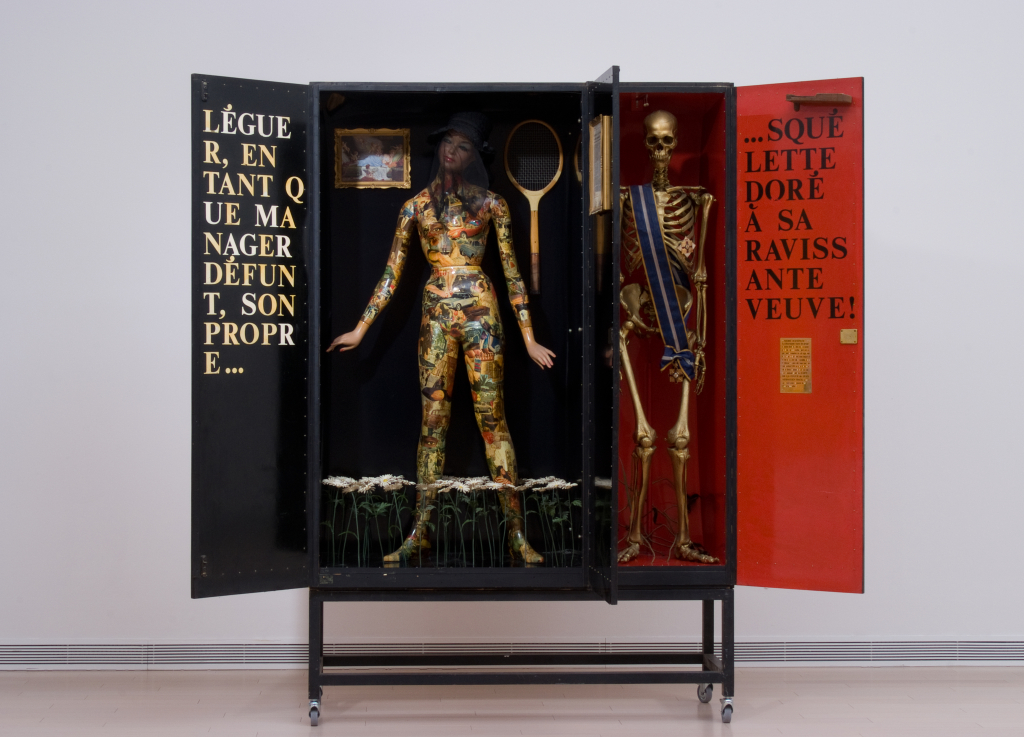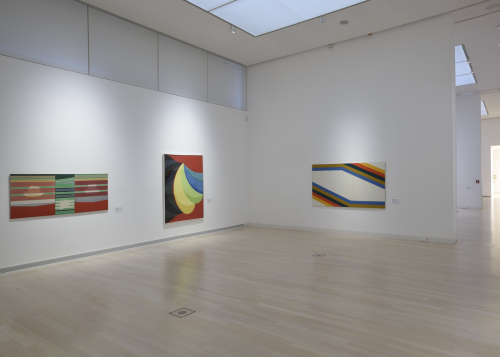Curt STENVERT is an important figure of post-World War II Austrian art. Starting his career as a painter, his way led through experimental film to montage-based object art. Two group exhibitions, the 33rd Venice Biennale in 1966 and the 1967 exhibition of the Musée d’ art moderne de la Ville Paris, were key to his development. Stenvert’s art draws on the avant-garde tradition. He has close ties with Neo-Dada, neo-surrealism, as well as with Fluxus and Nouveau réalisme: these affiliations become manifest in the devices he employs, the objects he uses, his wry idiom, and his critical attitude. He considers himself a spiritual heir to Marcell Duchamp, and the contemporaries he feels closest to are Daniel Spoerri and Wolf Vostell. The assemblages Stenvert creates from boxes, cages and wardrobes look at essential questions of human life. The two distinct compartments of the three-door wardrobe of the 38th Human Situation contain a female mannequin with a Pop Art character, and a masculine, conservative skeleton, respectively. The amusing and slightly bizarre work was made on the eve of the French student protests, so the irony directed at an outdated culture, intellectual climate and social behaviour was hardly incidental.
H. L.

